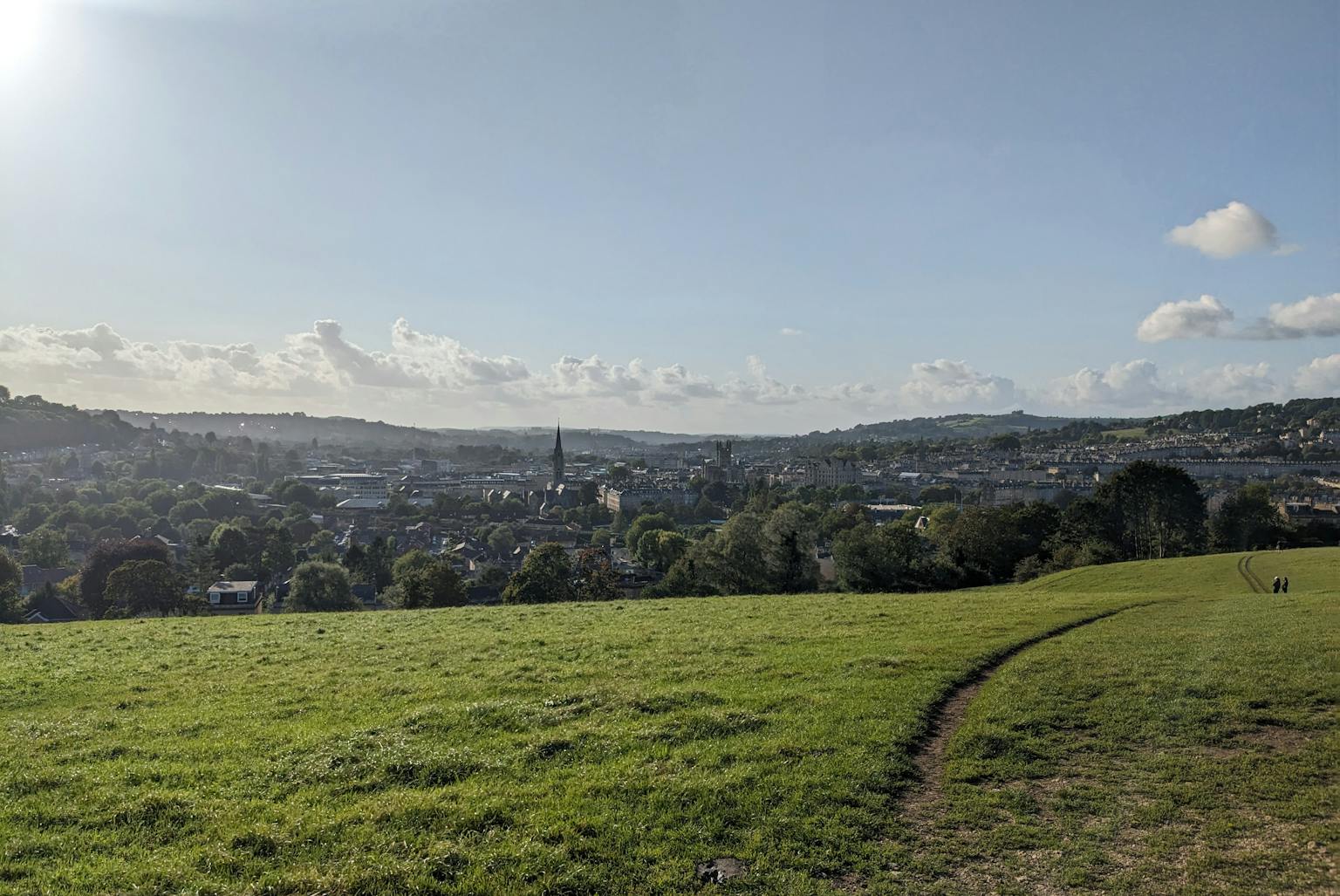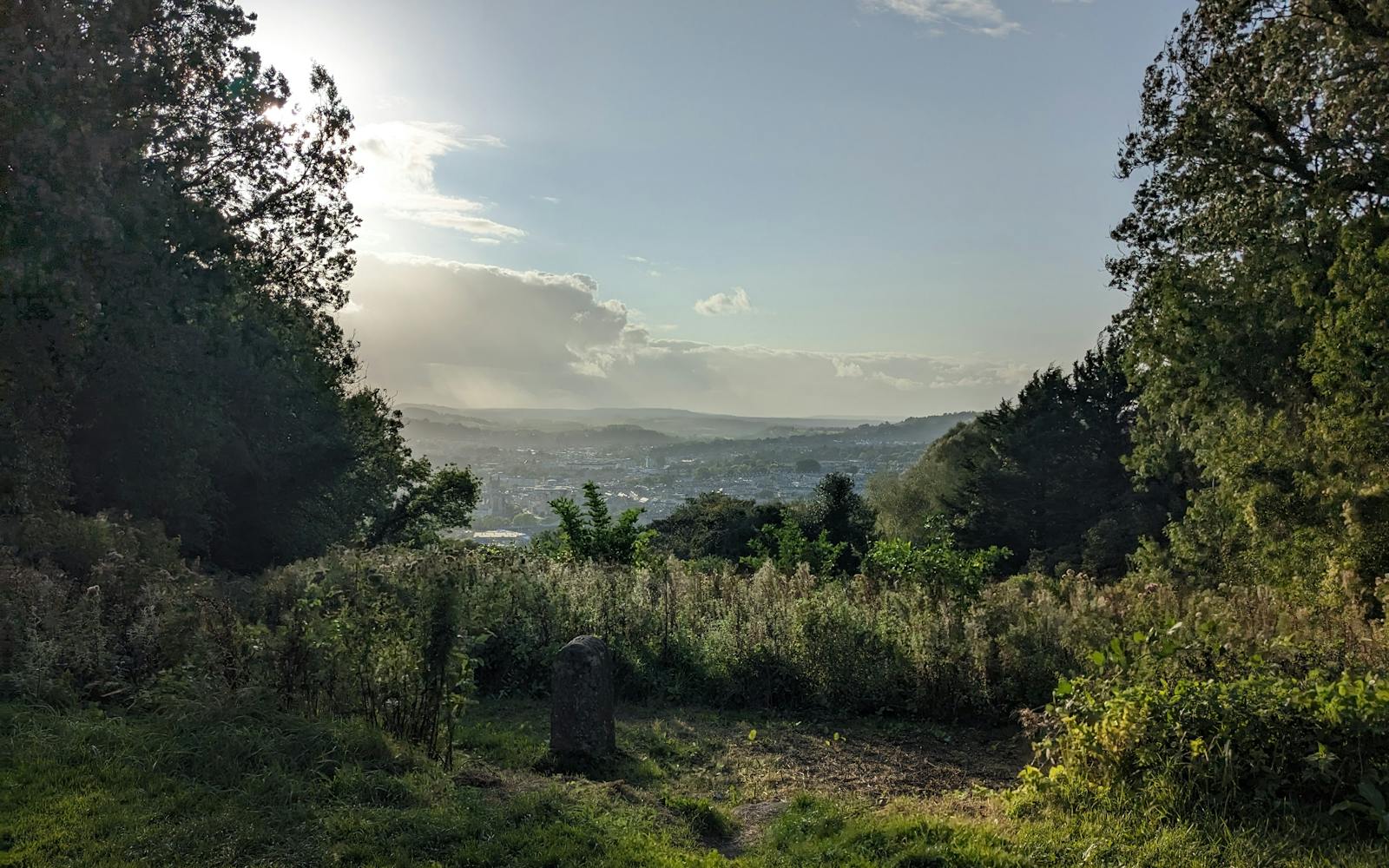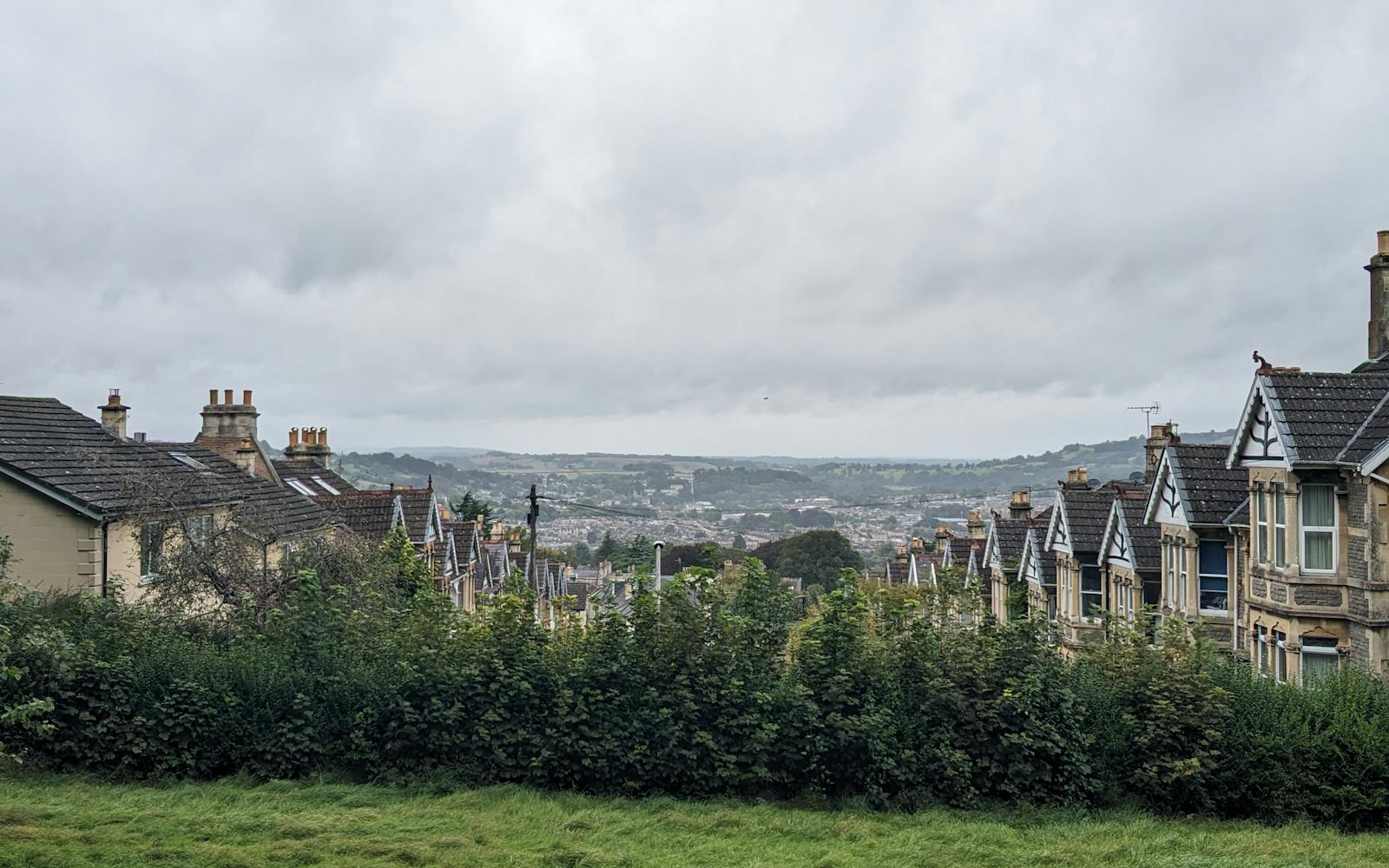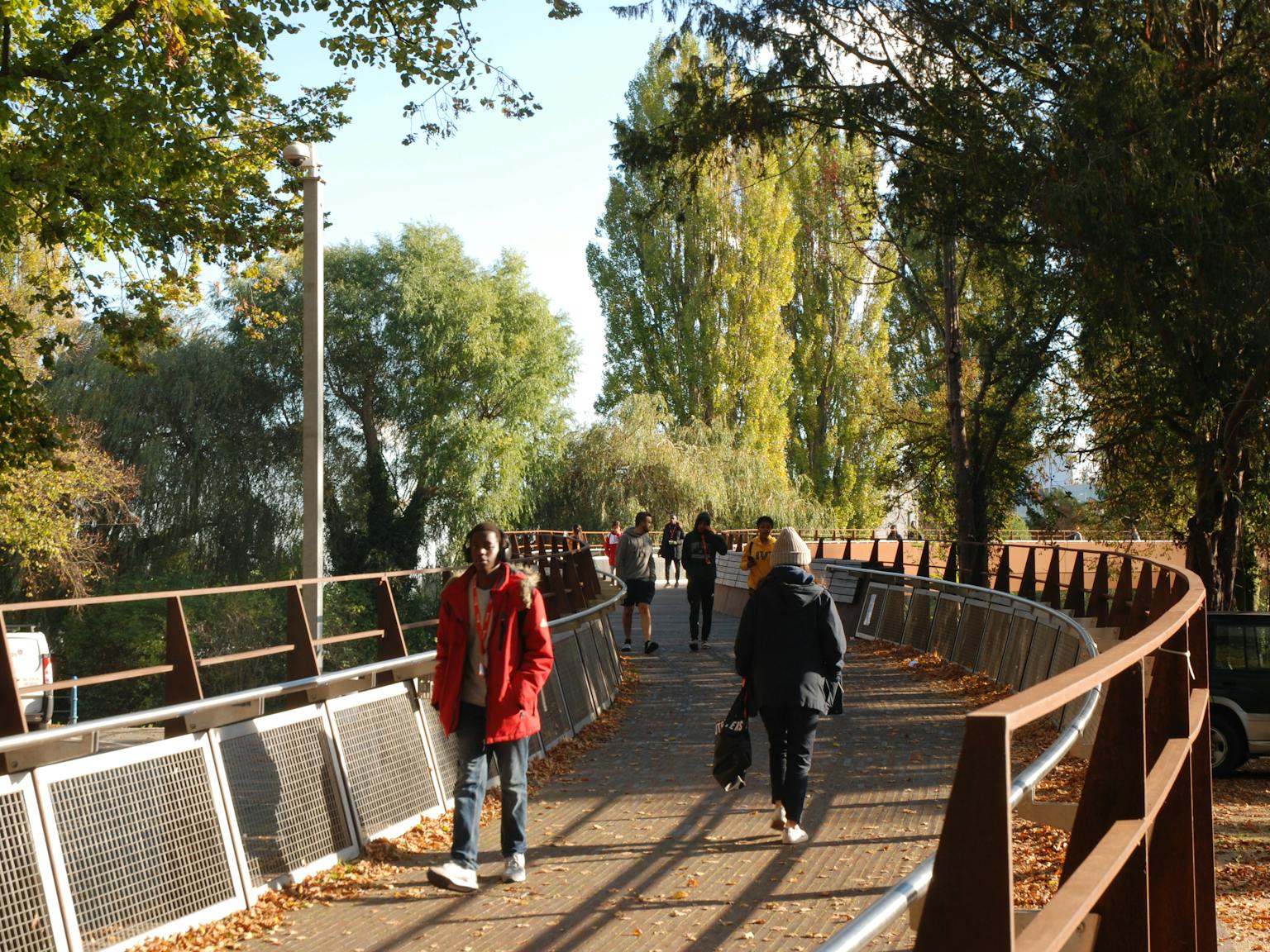
West of Bath Heritage Impact Assessment
Balancing growth
Bath & North East Somerset Council commissioned LUC to carry out a heritage impact and landscape character and sensitivity assessment of four potential growth areas to the west of Bath.
The assessment produced baseline evidence for the council’s Local Plan Options document, which guides decisions on development.
World Heritage Site
LUC’s assessment focused on the potential impact of development on the City of Bath World Heritage Site (WHS) and Cotswolds National Landscape.
It will be used to inform discussions between the council, residents, and statutory consultees on the capacity of Bath to accommodate growth while ensuring that the internationally significant heritage of the city is protected.

Heritage Impact Assessment
Our multidisciplinary teams carried out a Heritage Impact Assessment (HIA), alongside a Landscape Sensitivity Assessment (LSA), to assess the potential impact on the WHS and national landscape.
Our GIS and Visualisation (G&V) team also gathered relevant spatial data.
The study identified individual 'receptors' that convey the attributes of outstanding universal value (OUV) of the WHS.
By assessing how each growth area conveyed the attributes of OUV, our teams were able to determine the potential impact of several different development scenarios.
Assessing harm to heritage
Our study reaffirmed that the landscape around Bath contributes greatly to the experience and understanding of this historic city.
The development scenarios considered were found to be out of character with the landscape setting of the WHS due to a combination of their location, size and form. No heritage benefits were identified.
This meant that it could not be supported in terms of heritage policy and was out of step with UNESCO guidance on managing change to WHSs.
Where possible, the study identified where smaller-scale development (by both height and area) in less sensitive areas would reduce the level of harm, but concluded that it would not be possible to accommodate developments of this type without causing some level of harm.

Communicating the findings
LUC's reports gave clear recommendations about the sites' capacity to accommodate the type of development proposed.
A non-technical summary supported a detailed, technical assessment that provided the evidence for the conclusions. In addition, the heritage team produced a two-page synopsis for the council to use when discussing with stakeholders.
This included an analysis of the planning implications, both national and international, and guidance on other heritage considerations going forward.











